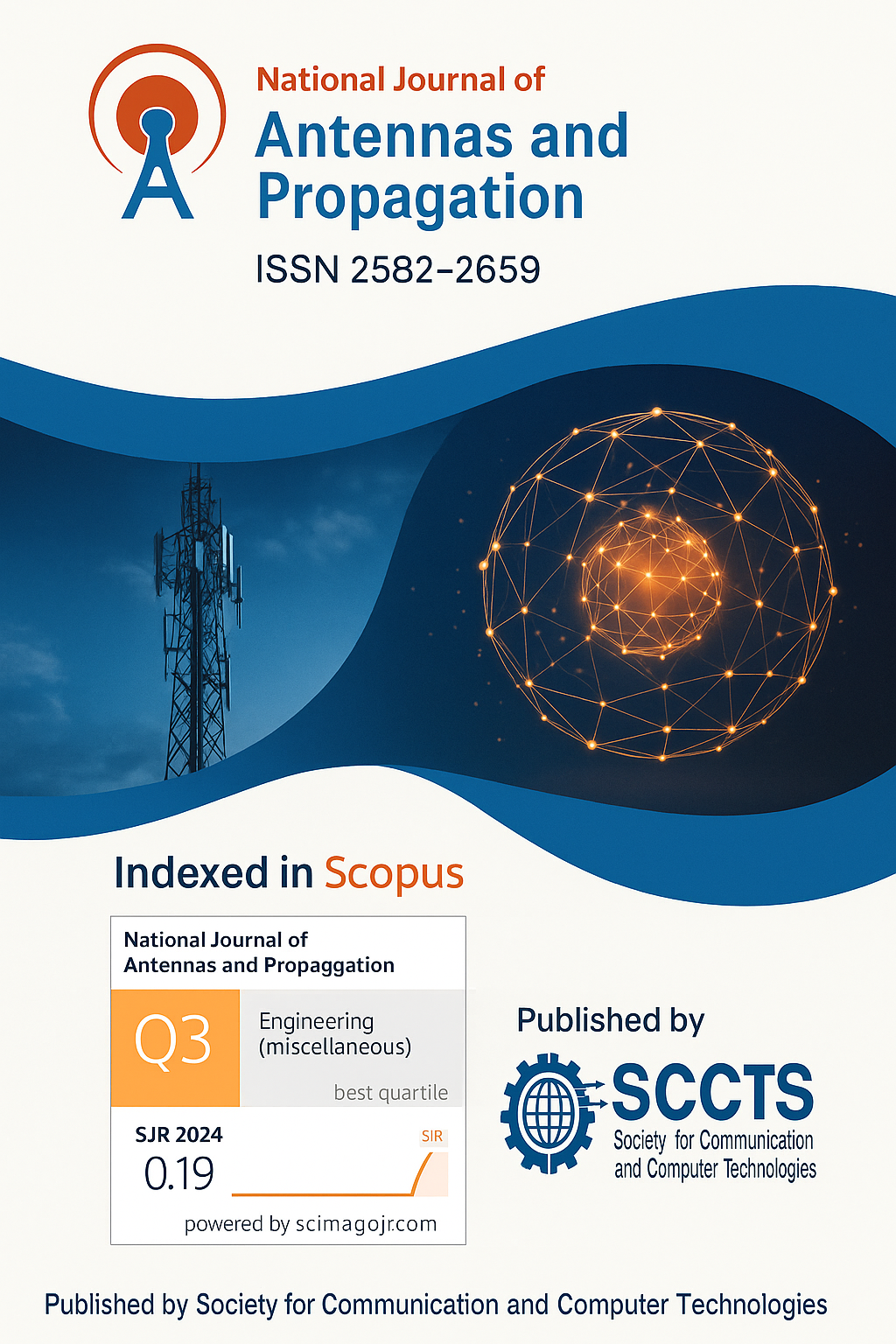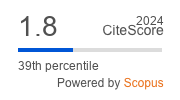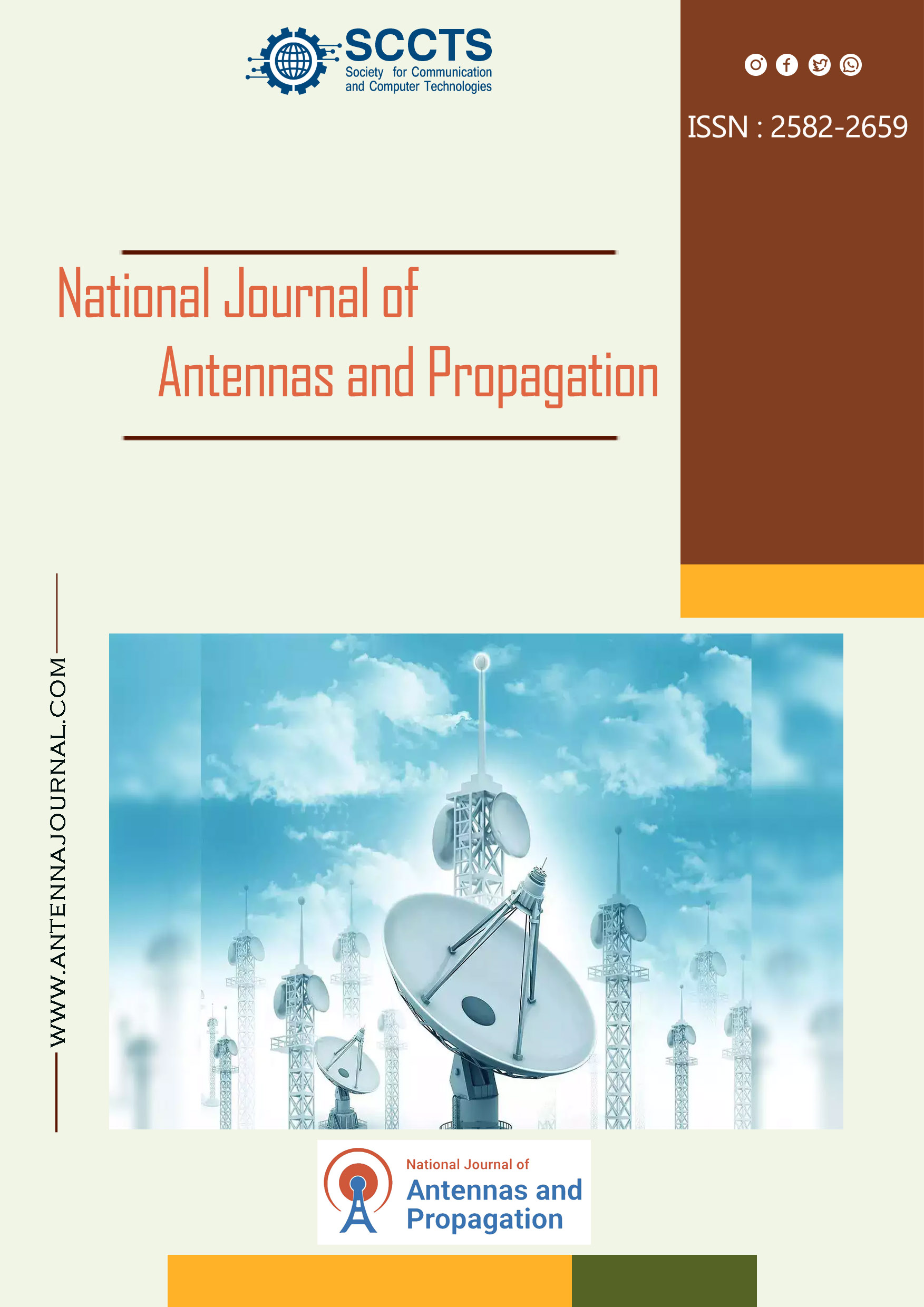Advances in Software-Defined Wireless Networks (SDWN): Solutions for Flexible and Scalable Communication
DOI:
https://doi.org/10.31838/NJAP/07.01.22Keywords:
Software-Defined Wireless Networks,, (SDWN),, 5G, Edge Computing,, AI,, Network Virtualization,, SecurityAbstract
Improved Software Defined Wireless Networks (SDWNs) offers flexibility, scalability, and security solutions for the modern-day wireless communication system. With SDWN, control and data planes get decoupled, thus enabling dynamic network management, excellent resource allocation, and seamless traffic adaptation with the changing demand. The paper compares centralized, hybrid, and AI-enabled edge-integrated SDWN architectures in terms of performance criteria such as latency, throughput, packet loss, security resilience, and energy efficiency. The works prove that AI-optimized SDWN is better than the other traditional models, reducing the latency to below 3-10 ms and throughput improved to the level of around 20-50 Gbps scalability above 50,000 IoT devices and makes use of real-time threat detection and self-healing for making it more secure and fault-tolerant to increase resilience against cyber attacks. ROC curve analysis showed its accuracy of classification using AI by SDWN against the current networks for optimizations: AUC=0.68. As intelligent and adaptive wireless networks gain traction, future research must look towards integrating blockchain for decentralized security, quantum secure techniques for encryption enhancement, and predictive AI models for proactive network management. Such innovations will herald and entrench the role of SDWN in future intelligent wireless environments that will promise high performance, security, and scalability of communication systems for applications emerging on IoT, 5G, and beyond











